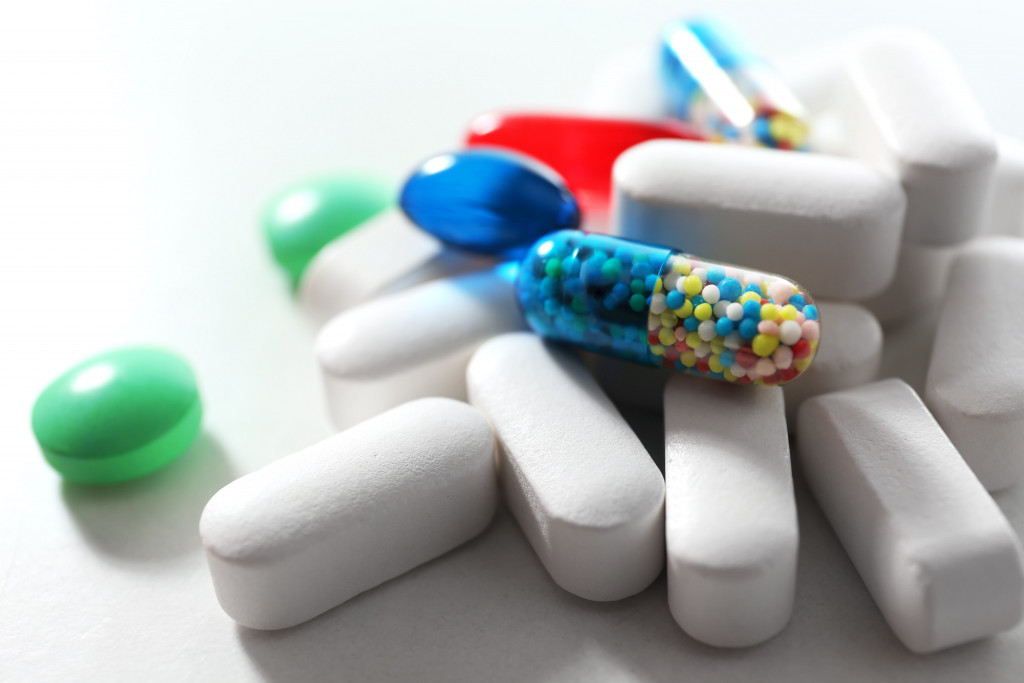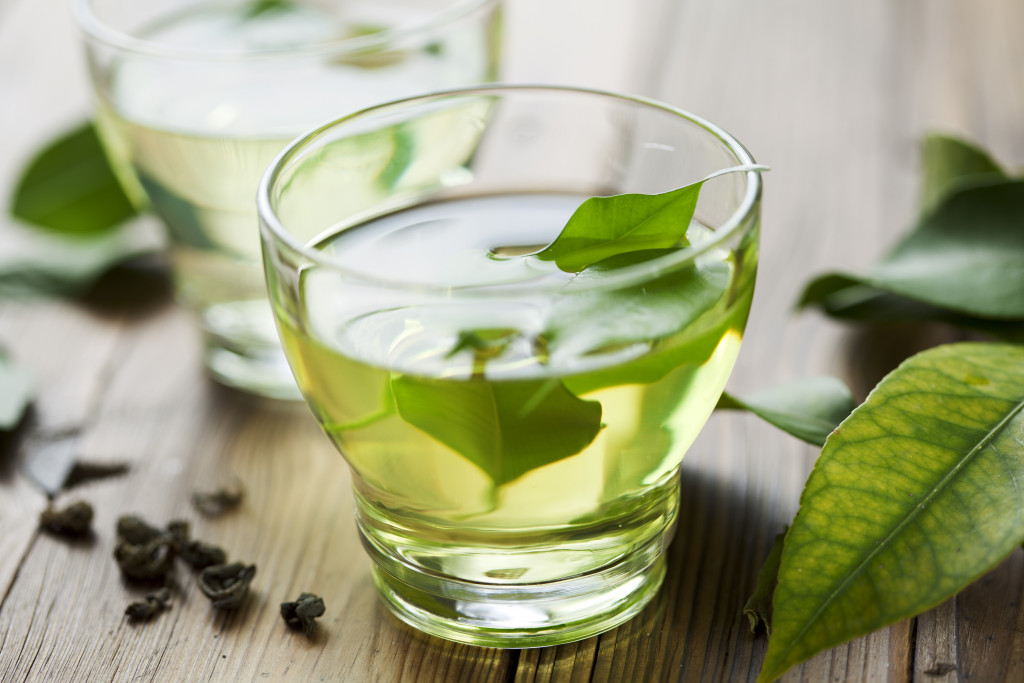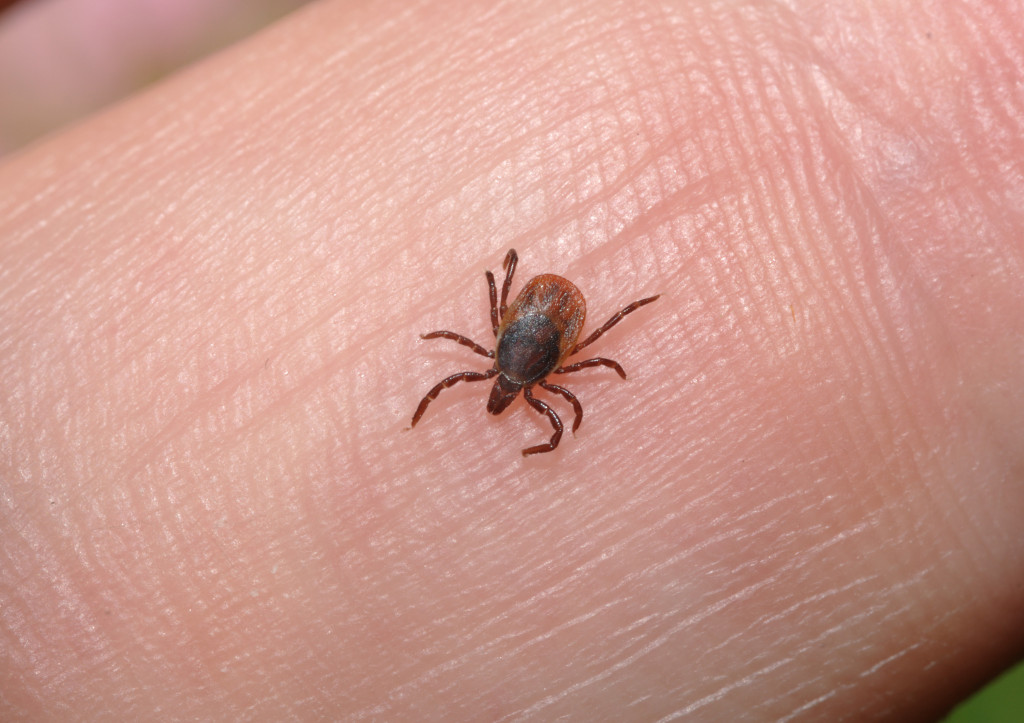- Lyme disease recovery is multifaceted, requiring medication, rest, and lifestyle changes under professional guidance.
- Early detection and antibiotics are crucial for treating Lyme disease and preventing relapses.
- Hyperthermia is a promising treatment that can increase immune response and antibiotic effectiveness.
- Natural treatments can aid recovery with other therapies but require professional supervision.
- Post-treatment care involves managing chronic symptoms and lifestyle changes tailored to each patient’s needs.
Navigating through the recovery journey from Lyme disease can be complex and multifaceted. The disease’s protracted nature, marked by numerous symptoms, requires an integrative approach that addresses the direct impact of the infection and the patient’s overall well-being. This article will explore the best ways to recover from this disease.
Understanding Lyme Disease
Recovering from Lyme disease is a crucial aspect of treatment. A proper recovery includes following the recommended guidelines from healthcare professionals. This includes a combination of medications, rest, and a healthy lifestyle. It is important to note that each individual’s recovery time may vary, and patience is necessary.
In addition, maintaining a positive and proactive attitude toward recovery can also aid in the process. It is recommended to follow up with healthcare professionals to ensure a full recovery has been achieved. With proper treatment and care, recovery from Lyme disease is possible.
Recovering from Lyme Disease
Recovering from Lyme disease is a lifelong journey requiring patience and perseverance. It can be challenging to know where to start, so it’s best to take an integrative approach that includes treatment from various angles. Here are some tips to help you out:
Early Detection and Timely Treatment
Early detection and timely treatment are critical in recovering from Lyme disease. This is why seeking professional medical help as soon as possible is imperative. Physicians can perform tests to detect the bacteria that cause the disease and prescribe antibiotics to help fight the infection.
It is important to follow the treatment regimen exactly as prescribed and to finish the full course of antibiotics even if the symptoms have subsided. Failure to complete the treatment can lead to a relapse and more prolonged illness. With prompt diagnosis and proper treatment, people with Lyme disease can expect to recover and return to their normal daily activities fully.
Antibiotics

Regarding recovering from Lyme disease, antibiotics are the first line of defense. Using these medicines properly is crucial to successful treatment. Expert healthcare providers have the knowledge and experience to prescribe and administer antibiotics to their patients appropriately.
It’s important to take the medication exactly as directed and for the full duration of the treatment plan. Consistent and timely doses increase the effectiveness of antibiotics at killing off the harmful bacteria associated with Lyme disease. By following these steps, patients can rest easy knowing that they are taking the right steps toward recovery under the guidance of medical professionals.
Exploring Hyperthermia
Whole-body hyperthermia as a Lyme treatment is a promising way to raise the patient’s body temperature to help fight off the infection. This treatment has become popular among Lyme patients seeking alternative, effective recovery methods.
Hyperthermia can help boost the immune response and increase the effectiveness of antibiotics, often the go-to treatment option for Lyme. Of course, it’s important to note that a licensed medical professional should only perform this treatment in a properly equipped and monitored environment. With its potential benefits, whole-body hyperthermia is an exciting advancement in Lyme disease treatment and a promising option for recovering quickly and effectively.
Natural Treatments and Supplements

Many people wonder whether they work when it comes to natural treatments and supplements for Lyme disease. According to experts, incorporating natural remedies into any Lyme disease treatment plan can support the body as it fights off the infection. Some natural remedies that have shown promise include certain herbs, probiotics, and essential oils, although it’s important to note that research in this area is ongoing.
Proper dosing and timing of natural treatments and supplements are important, and individuals should work closely with healthcare professionals to ensure they take the right approach. While natural remedies should not be the sole treatment for Lyme disease, they can be effective with other therapies.
Post-Treatment Care
Post-treatment care for Lyme disease involves managing chronic symptoms and improving the quality of life for those afflicted. It is crucial to recovering from Lyme disease and requires focusing on each patient’s needs.
Proper post-treatment care involves ongoing medical surveillance and monitoring, as well as behavioral and lifestyle changes that can help to reduce symptoms and improve overall well-being.
The most effective approach to post-treatment care is tailored to each patient’s specific needs. It considers their unique health history, lifestyle factors, and other factors that may impact their recovery. With the right care and support, individuals with Lyme disease can fully recover and regain control over their lives.
The road to recovery from Lyme disease can be complex, but it is certainly possible with the right treatment and care. It may be a lifelong journey, but patience, perseverance, and a proactive approach can lead to a better quality of life. As always, remain open to new advancements in Lyme disease treatment and continue to seek ways to support your health.

